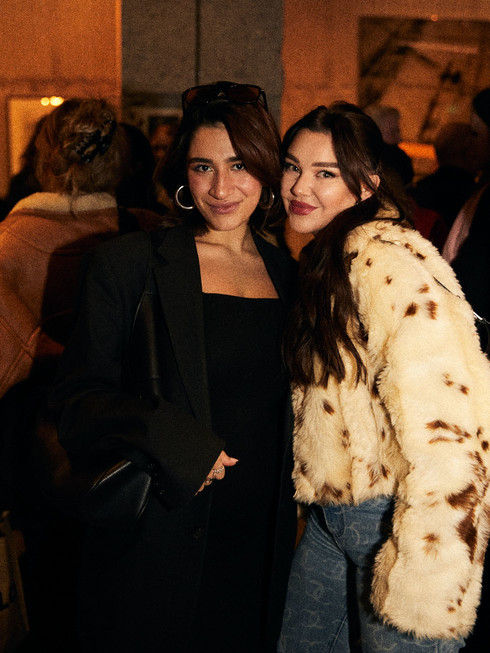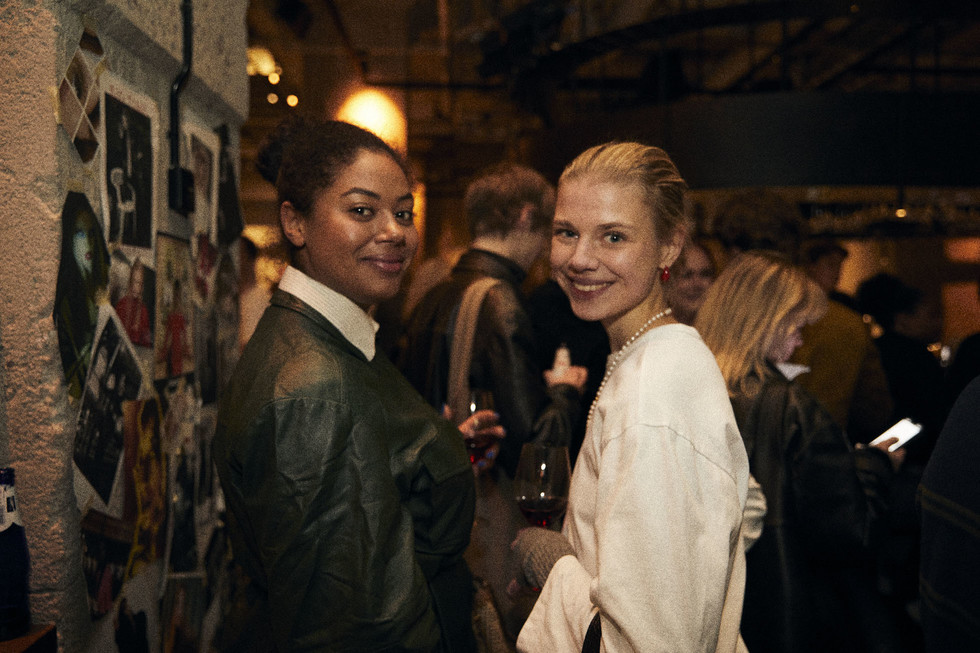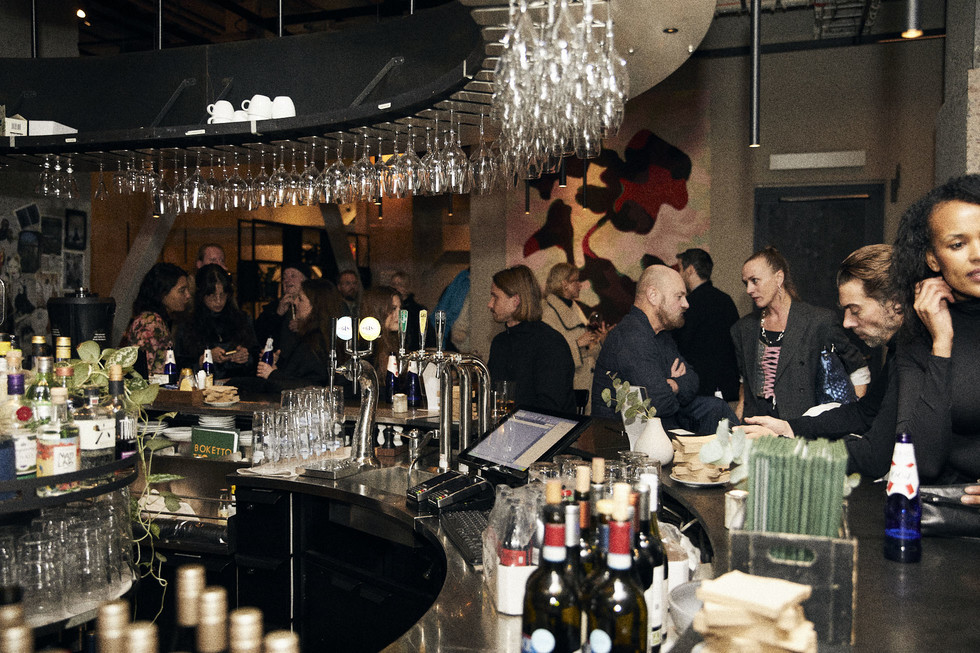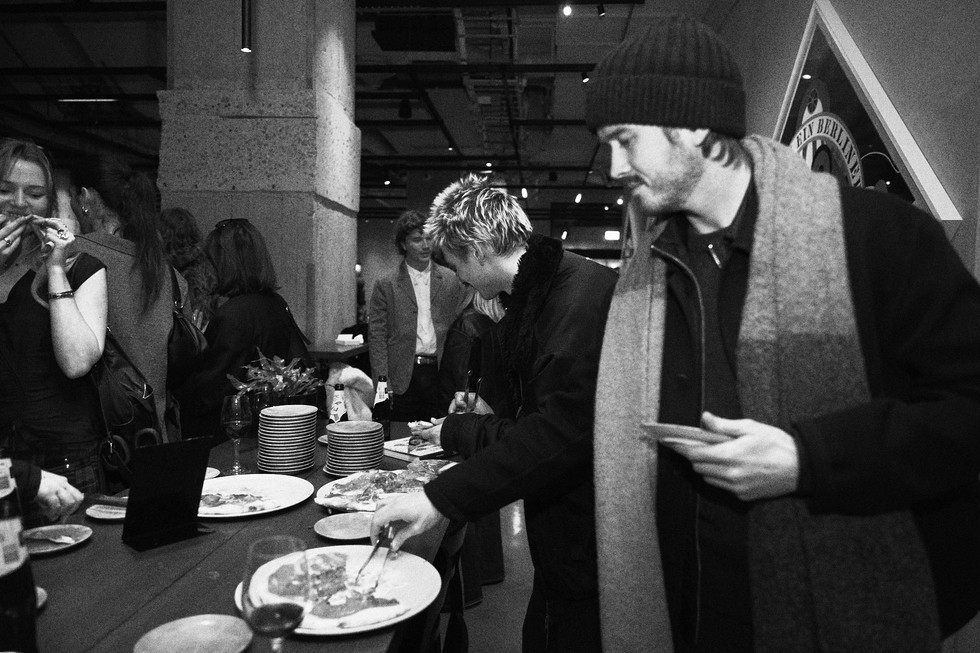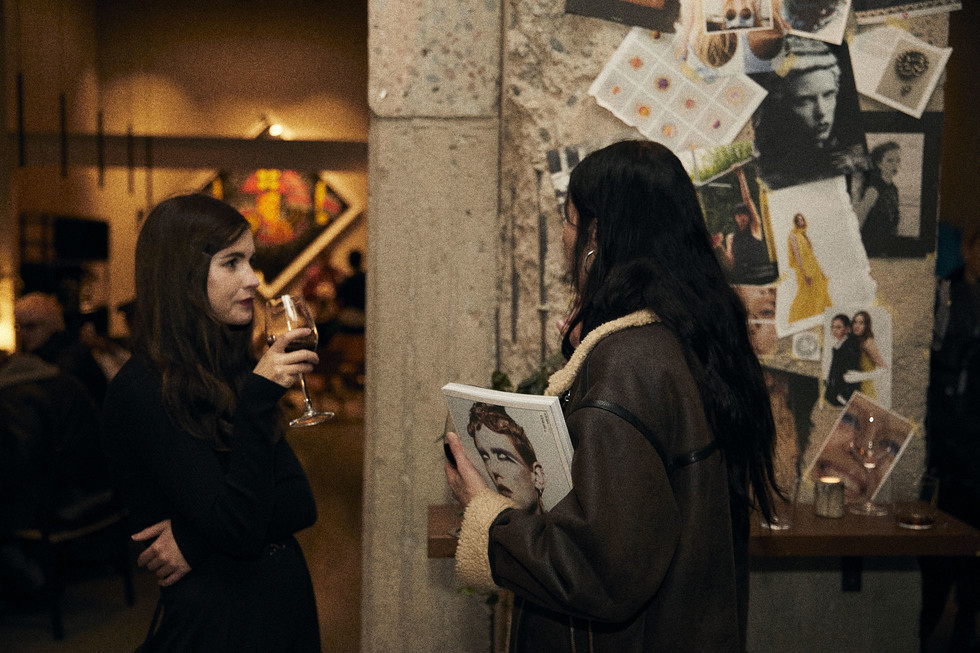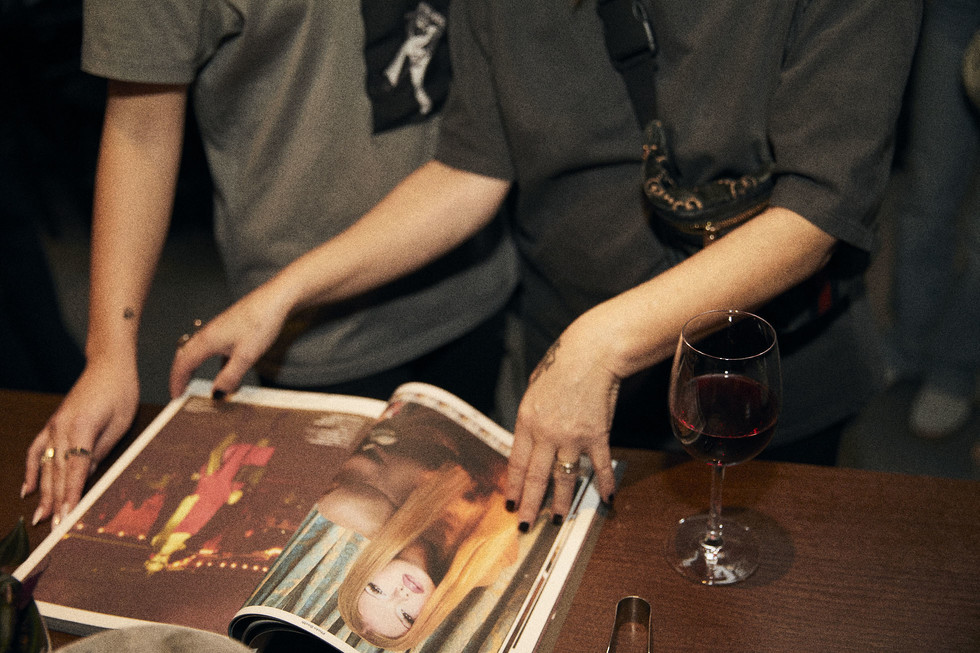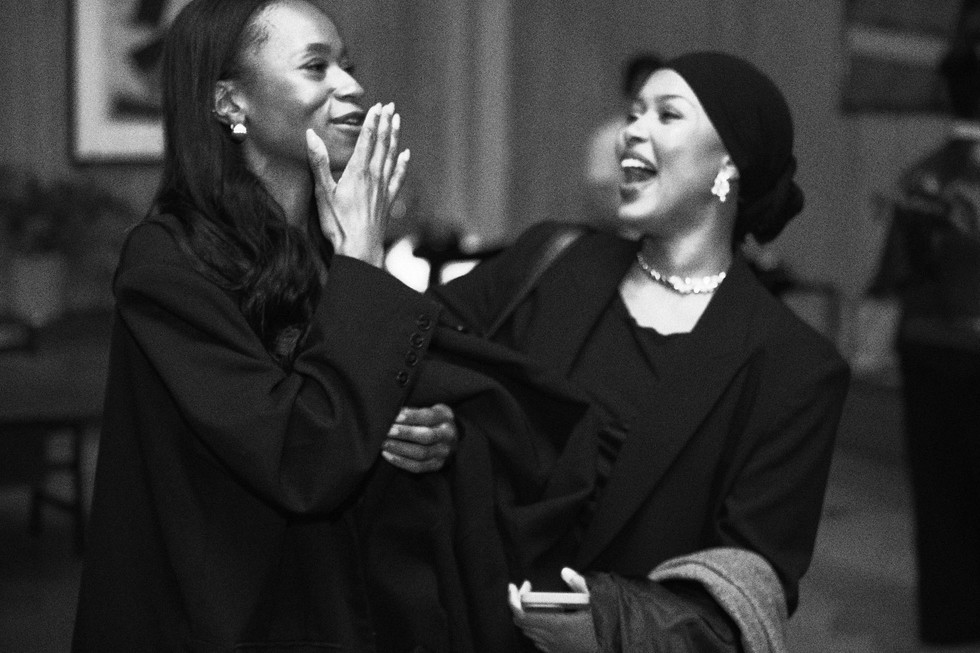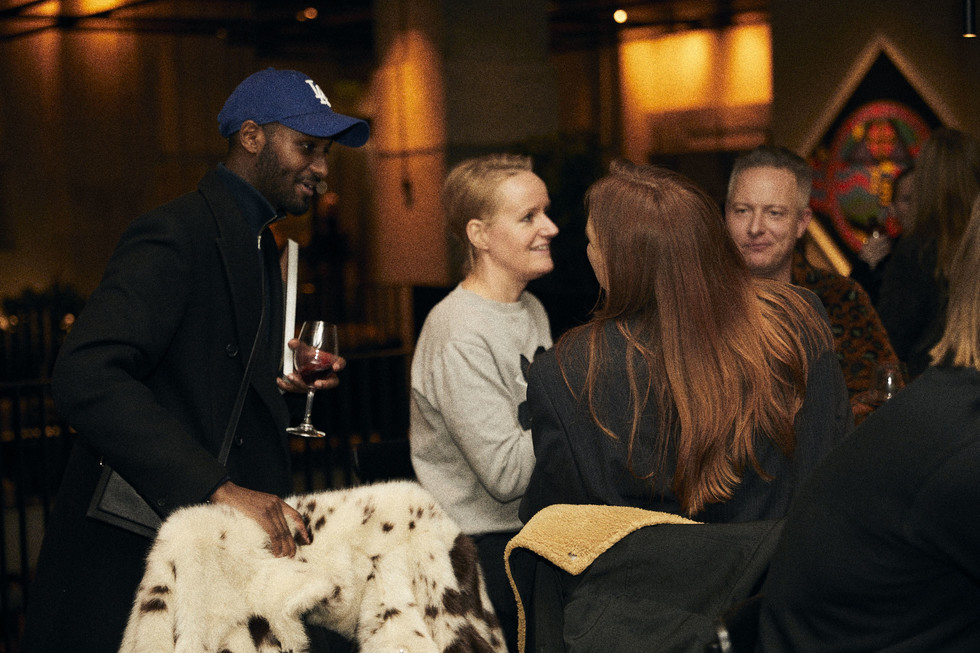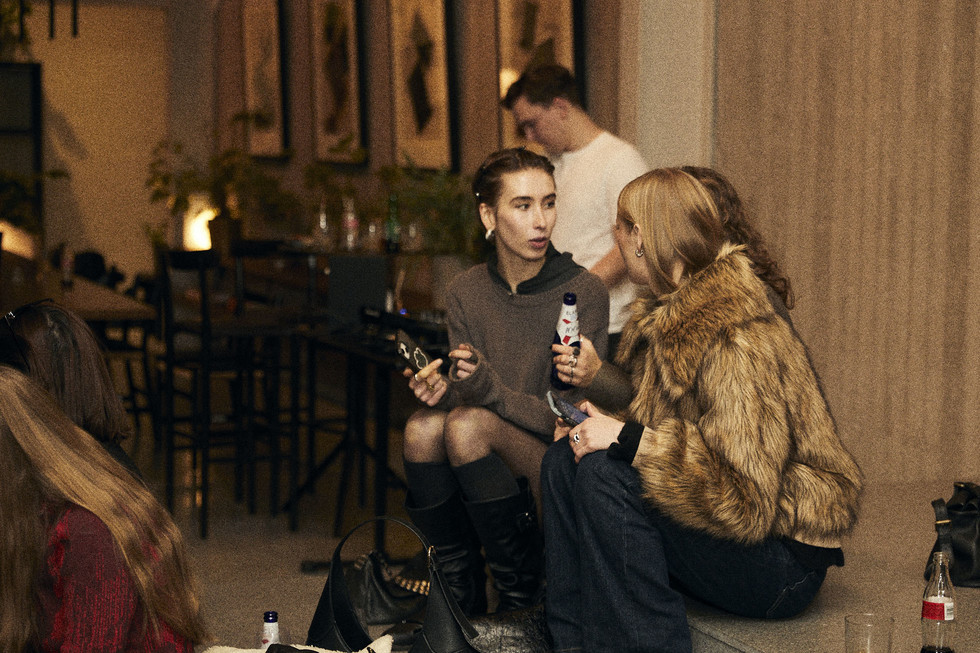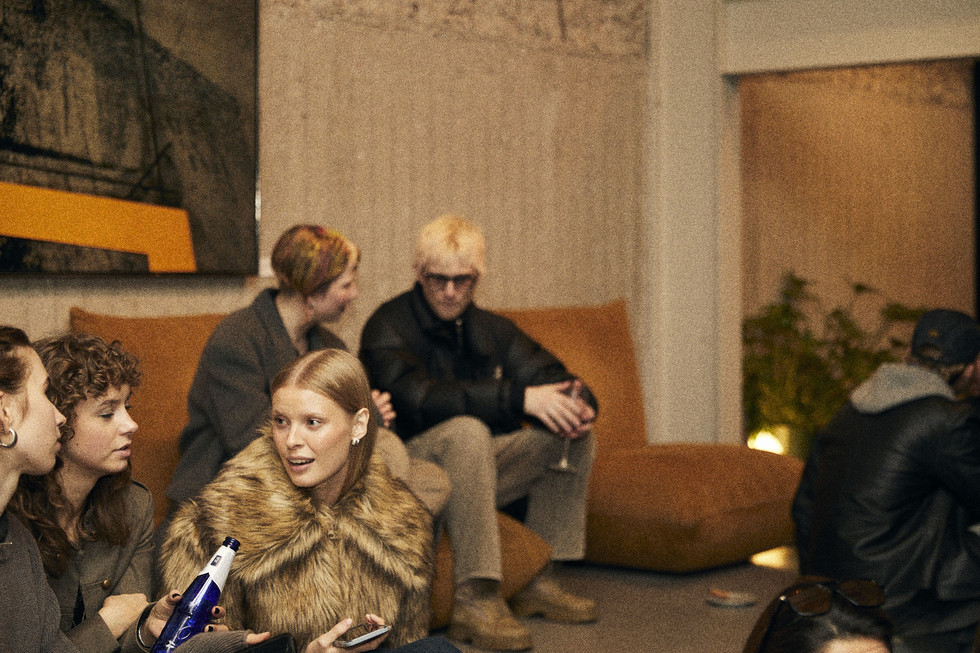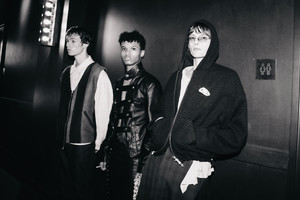Interview: AARKE – Redefining Home Essentials with Purpose and Passion
Written by Jahwanna BerglundIn this exclusive interview with Aarke co-founders Carl Ljungh and Jonas Groth, we dive into the heart of their design philosophy—one that champions simplicity, functionality, and timeless beauty. Drawing from years of experience in industrial design, Carl and Jonas share how their frustration with disposable, uninspired products sparked the vision for Aarke: a brand that puts people and longevity first. From the countless iterations behind their iconic Coffee System to their unwavering focus on sustainability, the duo opens up about their passion for creating objects that are not just functional, but truly loved. This is the story of Aarke—an exploration of what happens when thoughtful design meets real-life needs.
Jahwanna Berglund: Aarke has a strong emphasis on integrating high functionality with aesthetics. How did your backgrounds in industrial design shape your approach to creating Aarke’s minimalist, premium look and feel?
Carl Ljung and Jonas Groth: During our years running a design agency, we had the opportunity to work closely with many different types of companies, designing various products and solutions. This experience ultimately led us to the direction of starting our own brand—one where we could combine insights and ideas from all this work and create something new and something we felt was overseen by the design community.
After years in the industry, we learned that the customer must always be in focus in order to create a good product. A product or solution may be aesthetically pleasing, but if it doesn’t function the way the user expects and intuitively understands, it misses its purpose. We also have experience of working with many types of materials, gaining insight into what is sustainable—not only for creating products that can withstand physical wear but also for visual durability, an aspect that is equally important if you want to create timeless and sustainable products.
We felt a certain frustration over how many products are designed and how quickly their design becomes outdated. We felt that if we ourselves thought there was a lack of a certain type of products—true design objects to love, made from better materials with intuitive and delightful functionality and timeless design—then there was probably an audience that shared the same frustration. This was the start of Aarke.
JB: Carl, you mentioned (at the press breakfast) that each product requires hours of iteration to achieve quality and user-centered design. Can you share insights into Aarke’s iterative process and any challenges faced in creating the Aarke Coffee System?
CL: In all our development projects, we face challenges where our high standards for making even the simplest functions exceptional, are put to the test. We invest countless hours into solving what often appears to be the simplest functions. Ironically, it’s often that the seemingly simplest solutions are the hardest to achieve.
The Coffee System is no exception. For example, developing a very advanced and finely tuned technology to achieve the best results with just one push of a button required at least 60 iterations of the software that controls the brewer. Solving the seemingly simple function of being able to use both a glass carafe and a Thermal Jug in the same Coffee Maker required many hours of consideration. Also, being able to create a solid stainless steel handle without making it too heavy is another example that took us many months to resolve.
JB: Aarke products, such as the new Coffee Maker, prioritize ease of use. What are the key factors you consider to balance advanced functionality with a simple, intuitive user experience?
CL and JG: The answer to this question is balance. There is always a balance between many good ideas and simple usability. We believe we have incorporated the essential and important features in our Coffee System without making it complex or hard to understand. The Coffee Maker and the Grinder work intuitively and seamlessly, without the user even having to think about it. The focus remains on the result and an elevated coffee brewing routine, with minimal effort and interactions.
JB: Your products emphasize durability and quality, often using stainless steel. Could you elaborate the role of sustainable materials and practices in your production process and future goals in this area?
CL and JG: In our designs, we carefully select materials that meet several criteria, each to serve its purpose in the best possible way. The materials we use are thoughtfully chosen to meet several criteria, each to serve its purpose in the best possible way. We use stainless steel as the main structural material since it’s both lightweight and long-lasting and the majority of the steel we use is recycled. For structural integrity, we use screws rather than glue, making our products highly repairable. When we use plastic it is because it is the best choice of material for the particular application and when we can explore and try to use plastic materials with less Co2 footprint and Ocean Bound Plastic, which is what we use for our Purifier Large. We constantly challenge ourselves to try to be better and better in all of those aspects. It is our core belief that by developing high quality, built-to-last products with a timeless design we can enable a more sustainable lifestyle by investing in fewer, superior products that will last for years to come. This philosophy is the foundation of our product development.
JB: How do you address the expectations of customers who prioritize both high-quality design and functionality? Are there specific user insights or requests that have influenced recent product updates or features?
CL and JG: We don't see a conflict in combining high-quality design and functionality. To achieve this combination in the right balanced way is our constant focus. We aim to avoid clutter, keeping the design clean and free of unnecessary buttons or screens. We believe that with the intricate craft of shaping steel in combination with the creating simple, intuitive interactions we achieve a result that is both a true design object and highly functional.
JB: Having expanded from water carbonators to the Coffee System, where do you envision Aarke’s product range evolving in the next few years?
CL and JG: There is a lack of really good working AND beautiful, long-lasting design objects in the space of domestic appliances. This was the frustration, or insight, that pushed us to start Aarke. So far our field of focus has been the kitchen and kitchen products, however we do see a lot of potential in the rest of the home as well. There are really no limits other than time and resources for what Aarke could become.
JB: Since you both founded Aarke, has your design philosophy evolved with the brand? Are there any core values that you’ve maintained from the start?
CL and JG: From the very start, we believed that the true story should be built into the product and this is something we still strongly believe. We don’t believe in cutting corners to save costs—our focus is always on the product itself and how it’s built and experienced by the people using it. Perhaps we’ve learned even more about the importance, as designers, of truly listening to our customers or core users. We wouldn’t have come this far without our Aarke fans!











